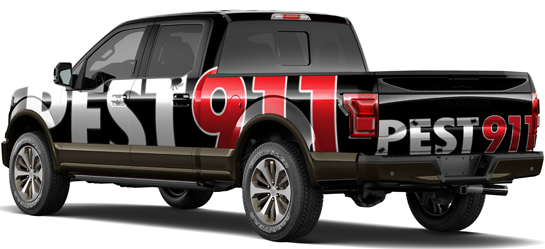Pest Control Definitions & Meanings in Summerfield, FL from Action Threshold to Sanitation
In any industry, professionals commonly use terms and phrases that specifically apply to their trade. More often than not, consumers are left scratching their heads as to what some of the terms mean. Where many of the terms and phrases heard in the pest control industry make sense, there are a few that might raise an eyebrow. For your convenience, we at Pest 911 have compiled a short list of common phrases and terms common to the pest control industry.
Types of Pest Control Methods & Meanings
Action threshold: Where action is required to prevent damage from exceeding tolerable levels, action threshold is used to count the number of pests or level of pest damage.
Bait: Bait consists of 2 components; an attractive allurement and a slow-acting poison and is a designed insecticide with a delayed toxicity.
Biological pesticide: A chemical derived from plants, fungi, bacteria, or other non-manmade synthesis, used for pest control biological pesticides.
Conventional pesticide: Conventional pesticides are a manmade chemical, utilized for pest control.
Harborage: Habitats for pests that include clutter, stacks of newspapers, and cardboard boxes, harborage is a shelter for pests.
Insecticide: A pesticide used to kill and/or control insects.
IPM: IPM is an approach to maintain insect, mite, disease, nematode, weed, or vertebrate pests at tolerable levels by utilizing biological knowledge of pests and pest behavior, which then the expertise is implemented to long-term, least-risk solutions. Strategies are implemented to resolve factors that contribute to pest problems in an effort to avoid the need to take action in the future. For the least risk to humans or other non-pests organisms, actions are selected to prevent damage from pests.
Key pest: A key pest is an insect, mite, disease, nematode, or weed that frequently results in unacceptable damage and generally requires control action.
Monitoring: One of several steps in an effective IPM plan, monitoring involves regular and ongoing site inspections along with trapping to determine the types of pests and the infestation levels at each site.
MSDS: Available for all certified pesticides, MSDS is an acronym for material safety data sheets and it contains the details of the hazards associated with chemicals as well as information on their safe uses.
Pest: Examples of pests include insect, mite, disease, nematode, weed, vertebrate, microbe, and so on, and is generally a term applied to an organism when it causes a problem to humans.
Pesticide: A chemical substance used to control and/or kill pests.
Pesticide residue: A pesticide residue is a film of pesticide left on the plant, soil, container, equipment, handler, and such that manifests after an application of the pesticide.
Residual insecticides: Insecticides that remains active on a surface over a long duration.
Rodenticide: Rodenticide is either a pesticide or any chemical that targets rodents.
Sanitation: One of several steps in an effective IPM plan, where sanitation involves routine cleaning, maintenance, removal of clutter, and harborage; a form of pest control.
Professional Pest Control
If there are any other terms or phrases that you are unfamiliar with that you have heard in our industry, do not hesitate to ask any of our helpful staff the meaning and in the mean time, when you are in need of expert control, call Pest 911 today!


